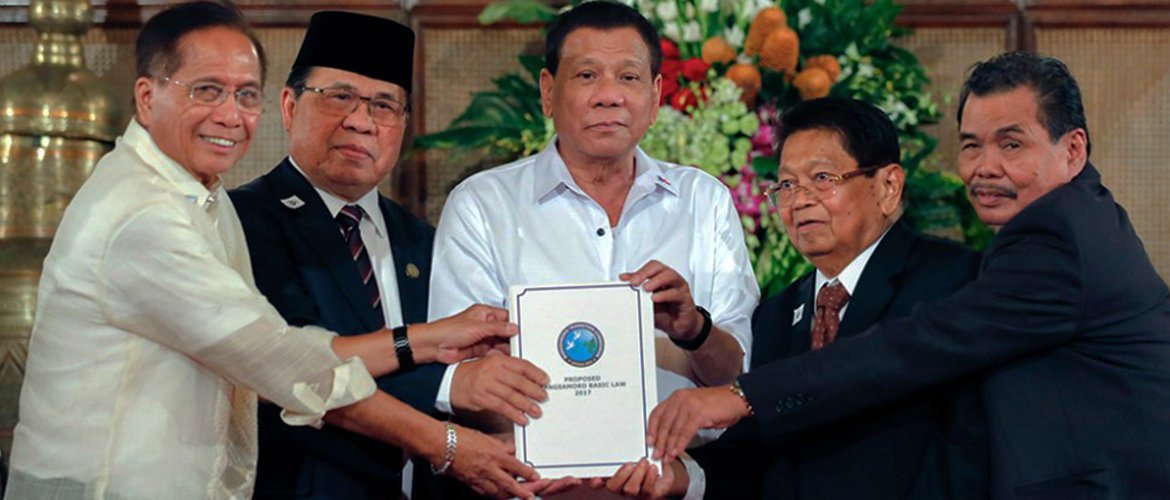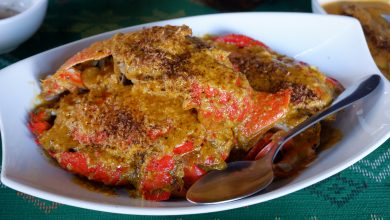
What We Know About the Bangsamoro Organic Law
On Monday, during his third State of the Nation Address (SONA), President Rodrigo Duterte made a promise. A promise that once fulfilled, it will have significant impact to the whole southern part of the Philippines and its people. He promised to sign the Bangsamoro Organic Law in 48 hours. The House of Representatives has since approved the proposed law.
The law, according to the administration and its authors, will be the key to lasting peace in Mindanao. However, one can’t help but ask, what makes this one different from the old Bangsamoro Basic Law and the past attempts of previous administrations to maintain peace in the region?
Product of Decades-Long Peace Negotiations
For a few decades now, the Philippine government and the rebel groups in Mindanao have been going back and forth when it comes to matters concerning the region. The Moro Islamic Liberation Front (MILF) in particular wants to push for a truly autonomous region. These negotiations have led to several laws such as the Framework Agreement on the Bangsamoro (FAB) in 2012, Comprehensive Agreement on the Bangsamoro (CAB) in 2014, and of course, the Republic Act No. 6734, which established the current Autonomous Region of Muslim Mindanao (ARMM).
The consensus from both the government and rebel groups, however, is that the ARMM is a failure. That’s the reason why both parties are back in the negotiation table in the last few years. The Bangsamoro Organic Law, which is now known as the Organic Law for the Bangsamoro Autonomous Region in Muslim Mindanao (OLBARMM), is the product of these negotiations and the inspirations taken from laws signed in the past.
A Government of the People
Once the new autonomous region is established in Mindanao, the MILF promised to end the rebellion and work together with other rebel groups like the MNLF to establish a unified government. Aside from ensuring peace in the region, the cooperation of rebel groups will greatly aid the government in the transition from ARMM to BARMM.
Now, there are several major differences between the ARMM and the BARMM. One of them is the political structure. In BARMM, instead of a regional vice governor and governor, its people will elect a parliament consisting of 80 members. This allows different parties to be represented in the parliament including rebels like the MILF and indigenous people. With this kind of political structure, the needs and demands of the Bangsamoro people will be paid attention to by their own. The national government, of course, still holds the power when it comes to constitutional, national, and international affairs.




